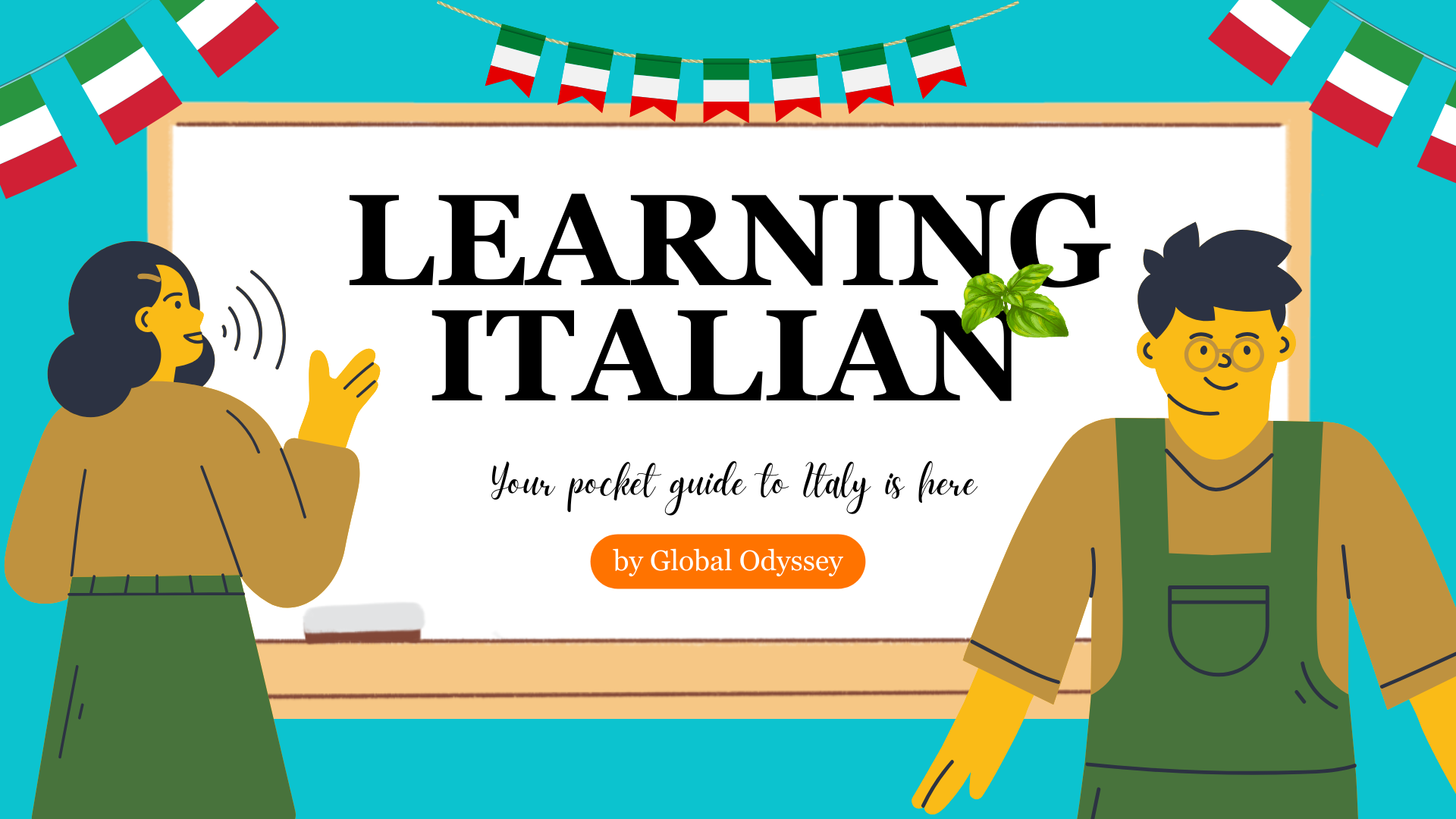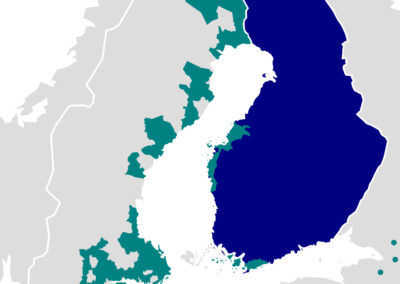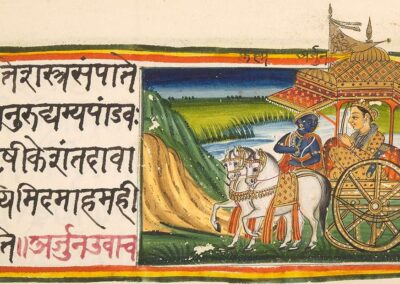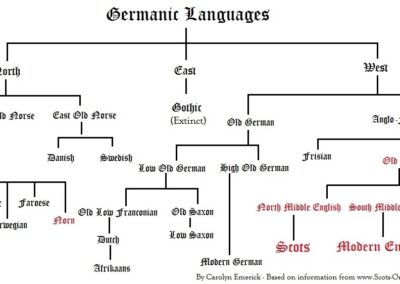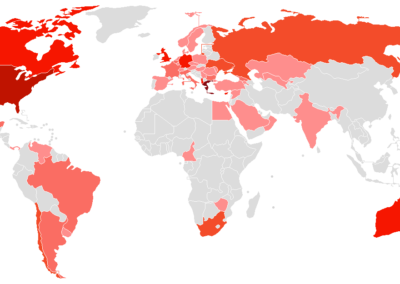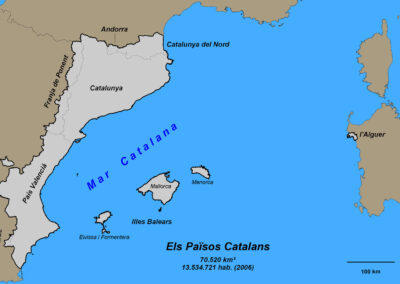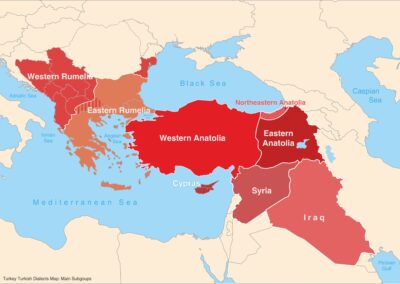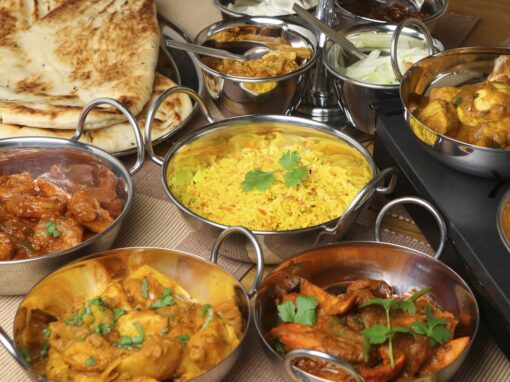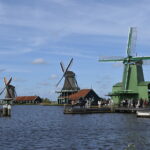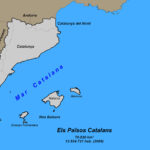Your Italian holiday is getting closer and want to learn some basic sentences before your trip? We are here to help you out!
As a fellow Italian, I can safely say that most Italians don’t have that much interest when it comes to learning English, so knowing these sentences for your trip might save you when interacting with locals from Bari, Napoli, Sicilia, Sardegna, or even Veneto and Genova, to name a few.
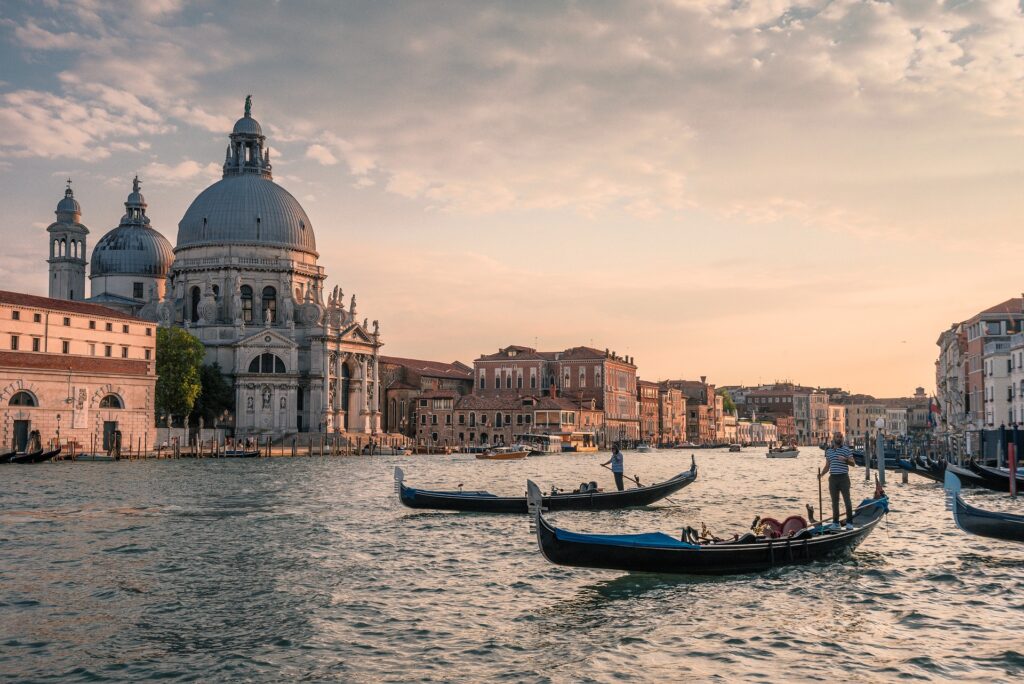
BASICS
Quick run through the basics you will overhear when walking outside.
- Ciao – Hi/Hey
- Buongiorno, Buon pomeriggio, Buona sera, Buona notte – Good morning, Good afternoon, Good evening, Good night
- Formal: Come sta?, Informal: Come stai? – How are you?
- Dove stai (informal) / sta (formal) andando? – Where are you going?
- Formal: Sa dov’e’…?, Informal: Sai dov’e’…? – Do you know where…?
- Formal: Ha per caso…? Informal: Hai per caso…? By any chance do you have…?
- Dove? – Where?
- Dove’e’? Where is it/he/she?
- Permesso – Excuse me (usually said when passing through)
- Mi scusi – Excuse me (usually said when calling out for someone you don’t know)
- Ao! – Oi!
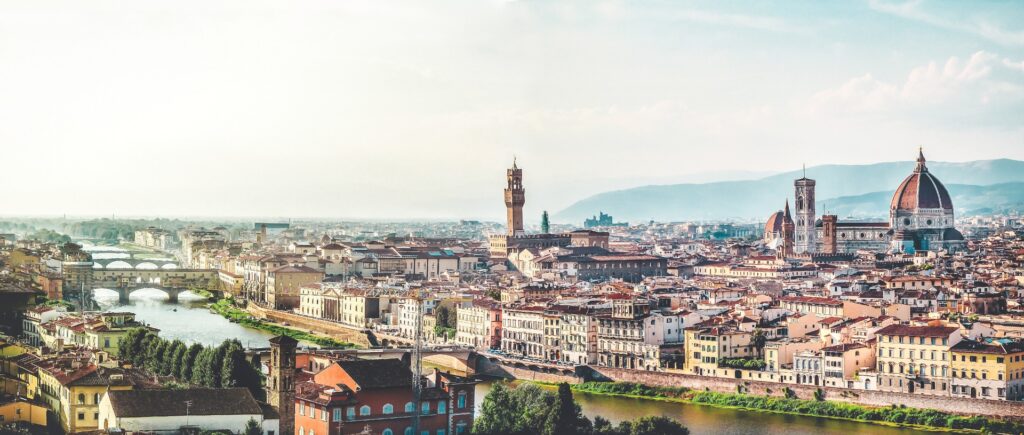
ASKING QUESTIONS AND UNDERSTANDING ANSWERS
Common questions you will want to ask and key words you will need to hear out to understand their answer.
- Formal: Puo’ parlare inglese?, Informal: Puoi parlare l’inglese? – Can you speak english?
If you want to get some local recommendation:
- Dove posso andare… – Where can I go for…
- per un buon ristorante? – a good restaurant?
- per visitare un buon museo? – a good museum?
- per fare aperitivo? – an aperitif? (Italians do aperitifs instead of pubs for a friendly catch-up over a delicious drink and tasty nibbles)
- C’e’ un parco nei paraggi? – is there a park nearby? (they will usually tell you a park they’ve been before and loved)
If you want to ask for directions whilst using Maps, show what you have on your phone and ask:
- Formal: Mi scusi – Sa dov’e’ questo? – Excuse me – do you know where this is?
To understand the answer look out to hear these keywords:
- Dritto – Straight
- Sinistra – Left
- Destra – Right
- Dietro l’angolo li’ – Right behind that corner there (they will most likely point to the direction)
- Rotonda – Roundabout
- Semaforo – Traffic light
- Avanti – Ahead
- Dietro – Behind
- Incrocio – Giveaway
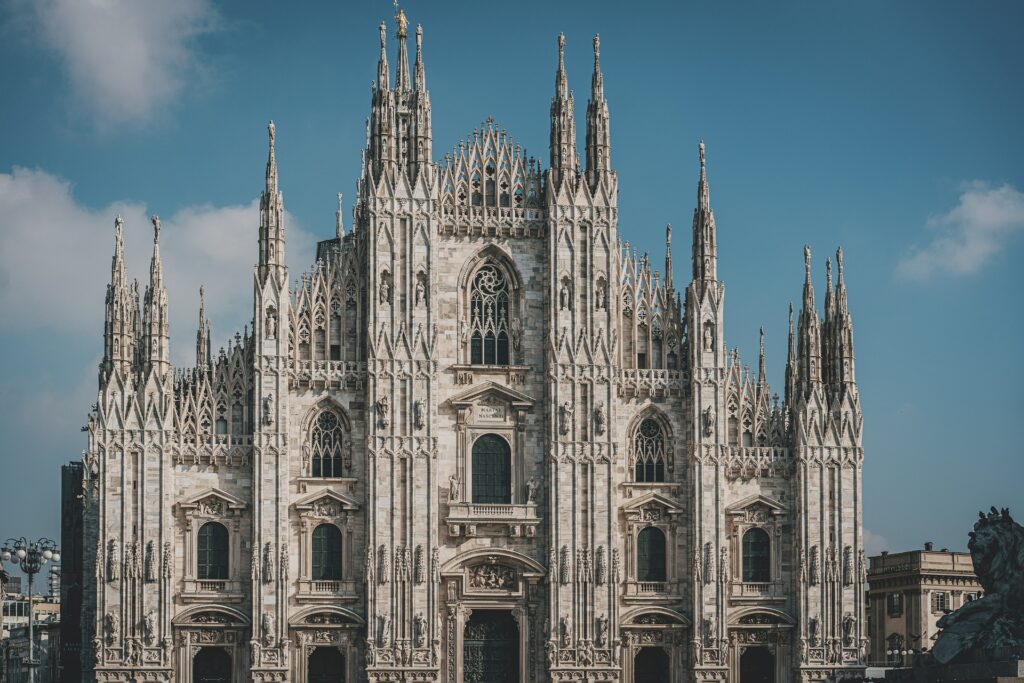
UNDERSTANDING SLANGS AND DIALECTS
When travelling south, it is most common for locals to mix italian with their dialects, and from my personal experience here are a few keywords that I hear often:
- Mo – Now
- Ci sta (when expressing an opinion about something) – It’s decent
- Vabbo/Vabbe – Whatever
- Amo – Love, short for Amore
- Tipa/Tipo/Tipi/Tipe – usually said when referring to a girl, guy, guys, girls, respectively
That’s it from us for now – Let us know on our social media if you would like a second or multiple parts of any of the languages we will cover


